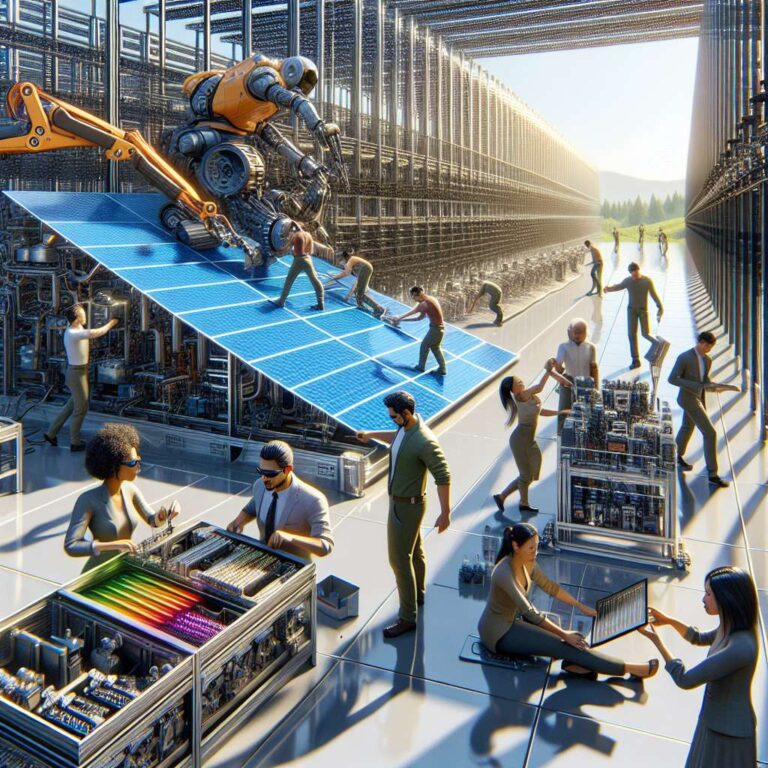UL Benchmarks has released Solar Bay Extreme, a major update to the cross-platform 3DMark Solar Bay benchmark that increases ray tracing demands for both desktop and mobile devices. The update is available as a free upgrade for existing 3DMark owners and is intended to showcase current hardware capabilities when using modern lighting techniques. Anyone with the test can compare scores on the 3DMark leaderboards and use the built-in stress mode to monitor throttling and stability during extended runs.
Solar Bay Extreme runs on native platform APIs to reflect how real games behave, using Vulkan on Android, Metal on Apple platforms, and DirectX 12 on Windows. The new edition raises the ray tracing workload with more detailed scenes and added effects, including ray-traced specular reflections on rough and glossy surfaces, glass reflections, and soft ray-traced shadows for directional lights. These heavier lighting effects are designed to push both desktop and mobile GPUs and reveal performance characteristics under more demanding rendering conditions.
The updated scene adds a second assembly bay where a rival team builds a solar array, introducing additional geometric complexity and varied lighting. That extra complexity is intended to expose differences between GPUs and drivers by creating more varied shading and reflection scenarios. Combined with the leaderboards and stress mode, Solar Bay Extreme aims to give users and reviewers a clearer view of how hardware handles advanced ray-traced lighting and where throttling or stability issues may occur during prolonged workloads.

